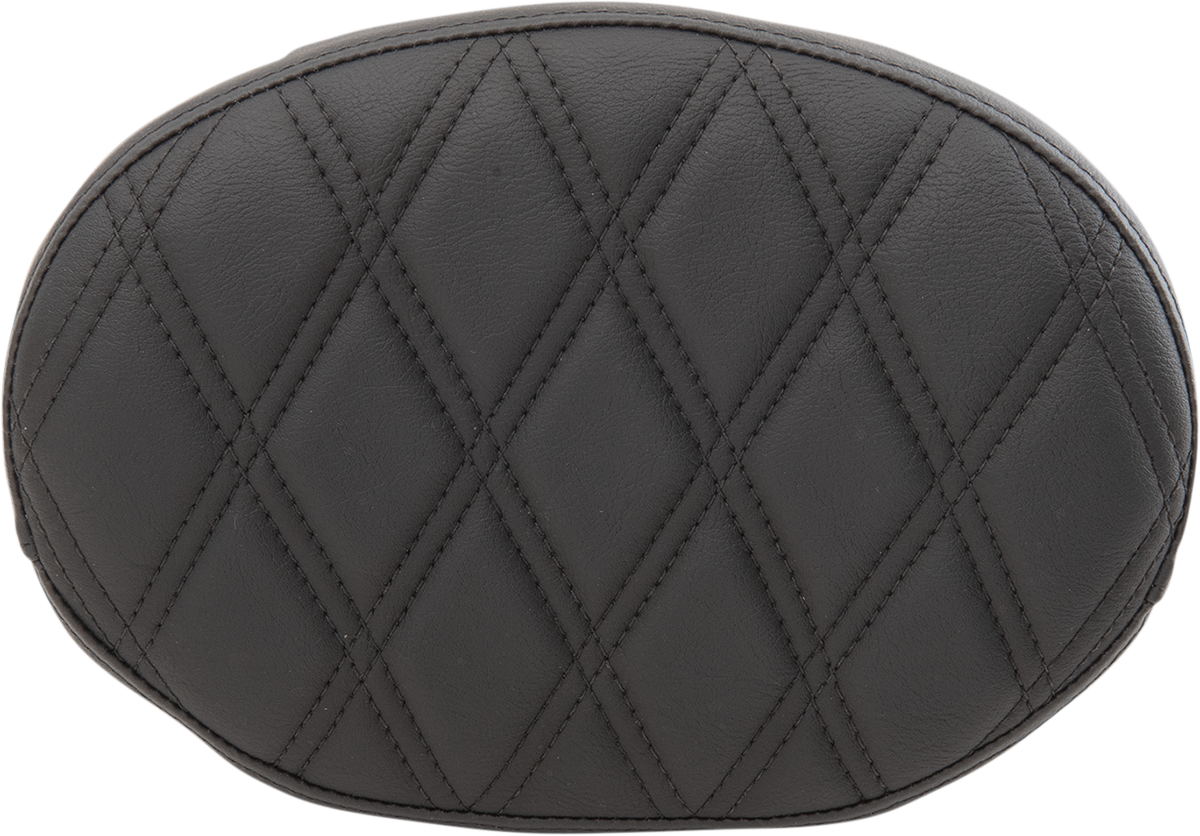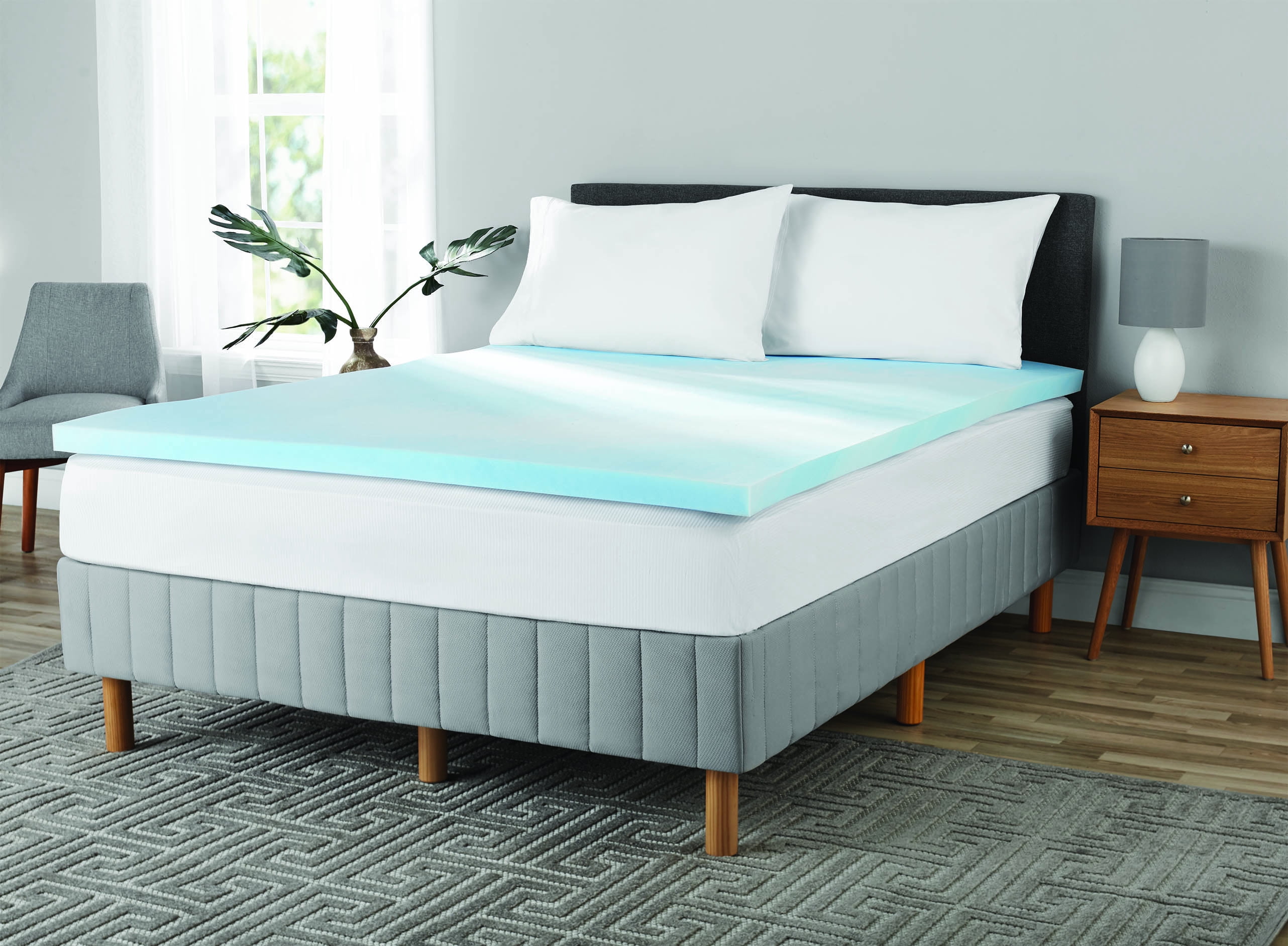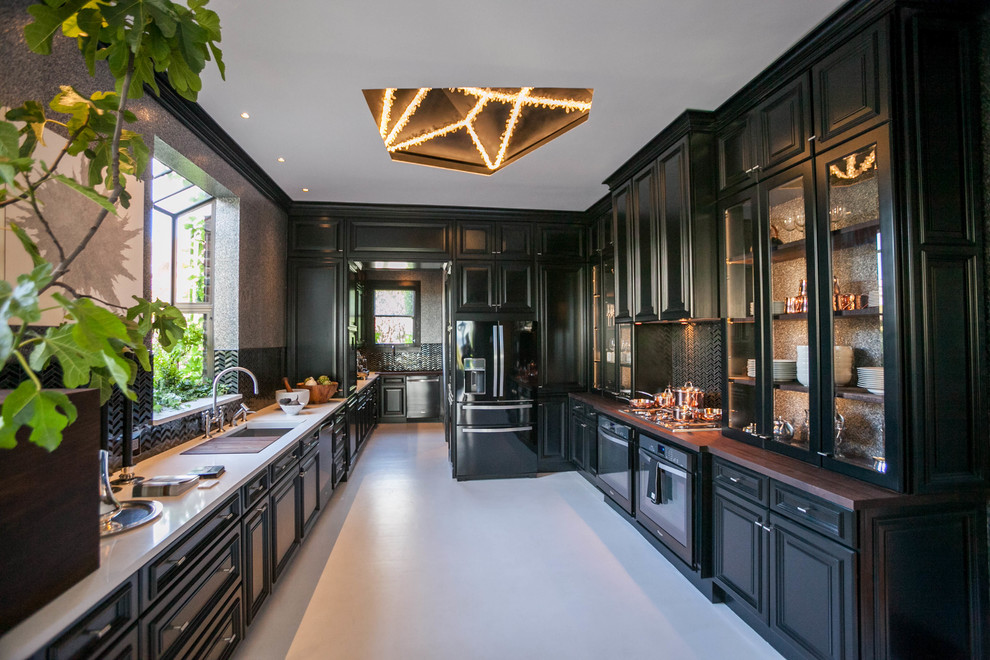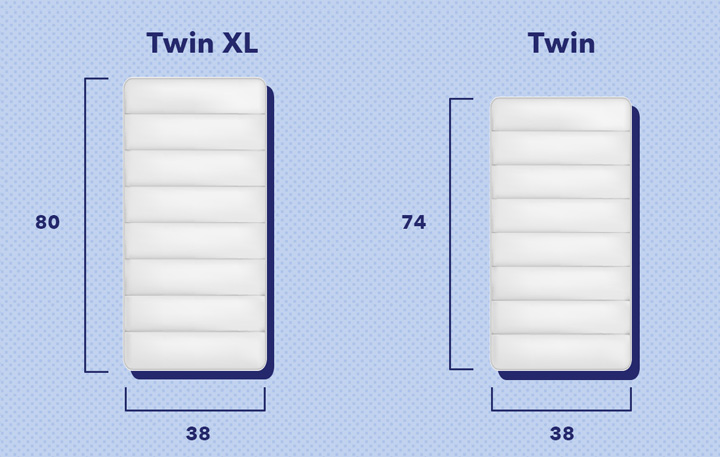The tabletop is the most prominent and functional part of a dining room table. It is the flat surface where food is placed and people gather to eat. The material and design of the tabletop can greatly affect the overall aesthetic and functionality of the table. Popular materials for tabletops include wood, glass, and marble, each offering its own unique style and durability. The tabletop is also where many people showcase their personal style by adding decorative elements such as a table runner or centerpiece. When choosing a dining room table, it is important to consider the size and material of the tabletop to fit your needs and design preferences.Tabletop
The legs of a dining room table provide the necessary support and stability for the tabletop. They come in various styles such as straight, tapered, or turned, and can be made of wood, metal, or a combination of materials. The number of legs can also vary, with some tables having four, six, or even eight legs. The design and placement of the legs can greatly impact the overall look and feel of the table. When choosing a dining room table, consider the style and material of the legs to ensure they match the rest of your dining room décor.Legs
The apron, also known as the skirt, is the horizontal piece of wood that connects the legs of a dining room table. It provides additional support and stability for the tabletop and can also add visual interest to the table's design. The apron can be simple and plain or intricately carved, depending on the style of the table. Some tables may not have an apron at all, giving a more open and airy feel to the table. When considering a dining room table, decide if you prefer a table with or without an apron and choose a design that complements your overall dining room aesthetic.Apron
The leaf, also known as the extension, is a removable section of the tabletop that allows for the table to be expanded to accommodate more guests. It is typically made of the same material as the rest of the tabletop and can be added or removed as needed. The number of leaves and how they are stored can vary depending on the design of the table. Some tables have built-in storage for the leaves, while others may require them to be stored separately. When choosing a dining room table, consider if a leaf is necessary for your needs and the storage options available.Leaf
The base of a dining room table provides the foundation for the legs and supports the weight of the table. It can come in various shapes, such as a pedestal or four legs, and is typically made of wood or metal. The design of the base can greatly affect the stability and overall look of the table. When choosing a dining room table, consider the shape and material of the base to ensure it complements the rest of the table's design and provides adequate support.Base
The extension is an additional piece that can be added to the base of a dining room table to expand its length. It is often used in conjunction with a leaf to create a larger table for special occasions or gatherings. The extension can be easily removed and stored when not in use. When considering a dining room table, decide if an extension is necessary for your needs and ensure it is compatible with the base of the table.Extension
A pedestal is a single, central support for a dining room table. It is often used for smaller tables and allows for more legroom and flexibility in seating. Pedestal tables can come in various shapes, such as round or square, and can add a unique and elegant touch to a dining room. When choosing a dining room table, consider if a pedestal would be a better option for your space and seating needs.Pedestal
The chairs of a dining room table are just as important as the table itself. They provide a comfortable and supportive place to sit while dining and can also add to the overall design of the dining room. Chairs come in various styles, materials, and colors and can be mixed and matched for a more eclectic look. They can also have different features such as armrests and upholstery, adding to the comfort and style of the dining experience. When choosing chairs for your dining room table, consider the style, material, and comfort level to ensure they fit your needs and complement the table.Chair
Armrests are a feature that can be found on some dining room chairs. They provide additional support and comfort for the arms while sitting at the table. Armrests can come in various styles and materials, and can greatly affect the overall look and feel of the chair. When choosing dining room chairs, consider if armrests are necessary for your preferences and if they complement the rest of the chair's design.Armrest
The backrest of a dining room chair is the vertical piece that supports the back while sitting. It can come in different heights and designs, providing both comfort and style to the chair. Backrests can also have additional features such as padding or decorative elements. When choosing dining room chairs, consider the height and design of the backrest to ensure it provides adequate support and complements the overall look of the chair. In conclusion, a dining room table is made up of various parts that work together to create a functional and stylish piece of furniture. From the tabletop to the chairs, each element plays an important role in the overall design and experience of dining. When choosing a dining room table, consider each part and how it fits your needs and personal style, to create the perfect dining space for you and your guests.Backrest
The Importance of Choosing the Right Dining Room Table

Creating a Welcoming and Functional Space
 When it comes to designing a dining room, one of the most important elements to consider is the dining room table. This piece of furniture is not only a functional necessity, but it also serves as the centerpiece of the room. It is where meals are shared, conversations are had, and memories are made. Therefore, choosing the right dining room table is crucial in creating a welcoming and functional space for your family and guests.
When it comes to designing a dining room, one of the most important elements to consider is the dining room table. This piece of furniture is not only a functional necessity, but it also serves as the centerpiece of the room. It is where meals are shared, conversations are had, and memories are made. Therefore, choosing the right dining room table is crucial in creating a welcoming and functional space for your family and guests.
Size Matters
When selecting a dining room table, the size is one of the most important factors to consider. It should be proportionate to the size of the room and the number of people you want to comfortably seat. A table that is too small will make the room feel empty and unfinished, while a table that is too large will make the space feel cramped and uncomfortable. Measure your dining room space and consider the number of people you typically host for meals to determine the appropriate size for your table.
Shape and Style
The shape and style of your dining room table should also be taken into consideration. Round tables are ideal for small spaces and create an intimate and cozy atmosphere, while rectangular tables are perfect for larger rooms and can seat more people. The style of the table should also complement the overall design of your dining room. Consider the materials and finishes of your other furniture pieces to ensure a cohesive look.
Functionality
In addition to being aesthetically pleasing, your dining room table should also be functional. If you frequently host dinner parties or have a large family, an extendable table may be a good option. This allows for more seating when needed, but can also be adjusted for everyday use. Another important factor to consider is the height of the table. It should be comfortable for people to sit and eat at, and also allow for enough legroom.
Mix and Match
Don't be afraid to mix and match your dining room table and chairs. This can add visual interest and personality to the room. Just be sure to keep a cohesive theme or color scheme in mind to avoid a cluttered or mismatched look. You can also add different textures and patterns through table linens and centerpieces for a unique and personalized touch.
In conclusion, the dining room table is an essential piece in creating a welcoming and functional dining space. Consider the size, shape, style, and functionality when selecting the perfect table for your home. With the right table, you can create a beautiful and inviting space for meals and gatherings.


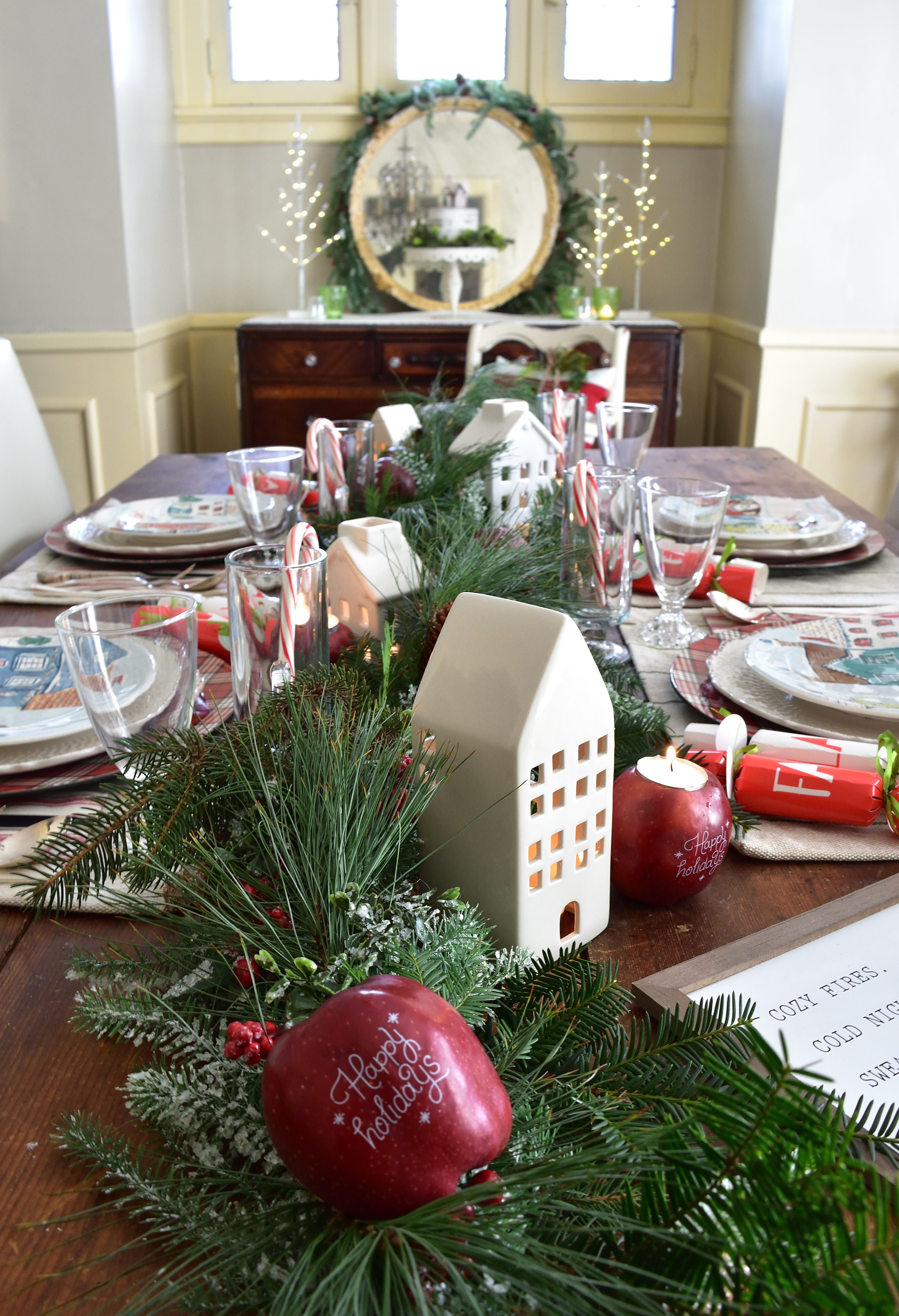
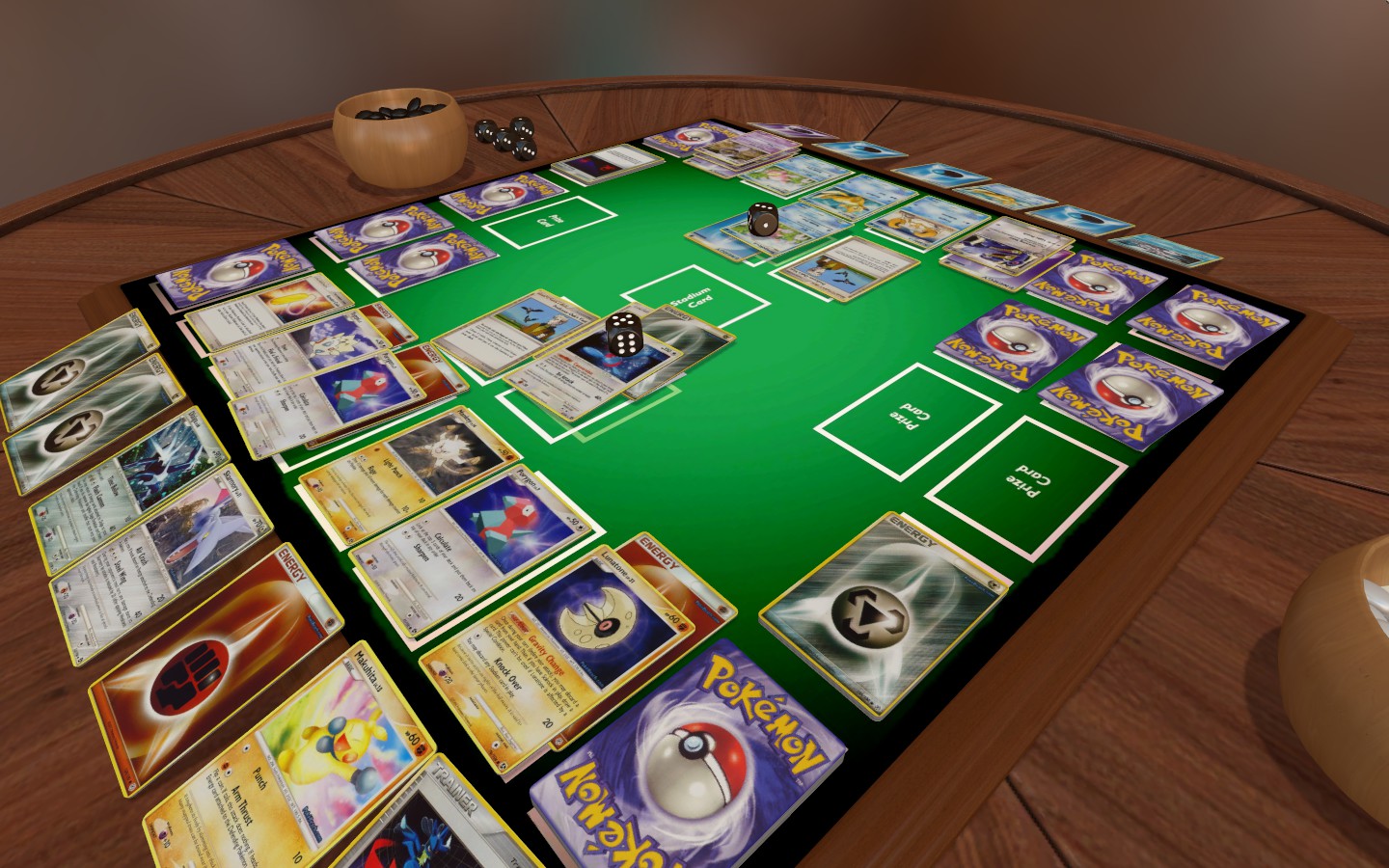




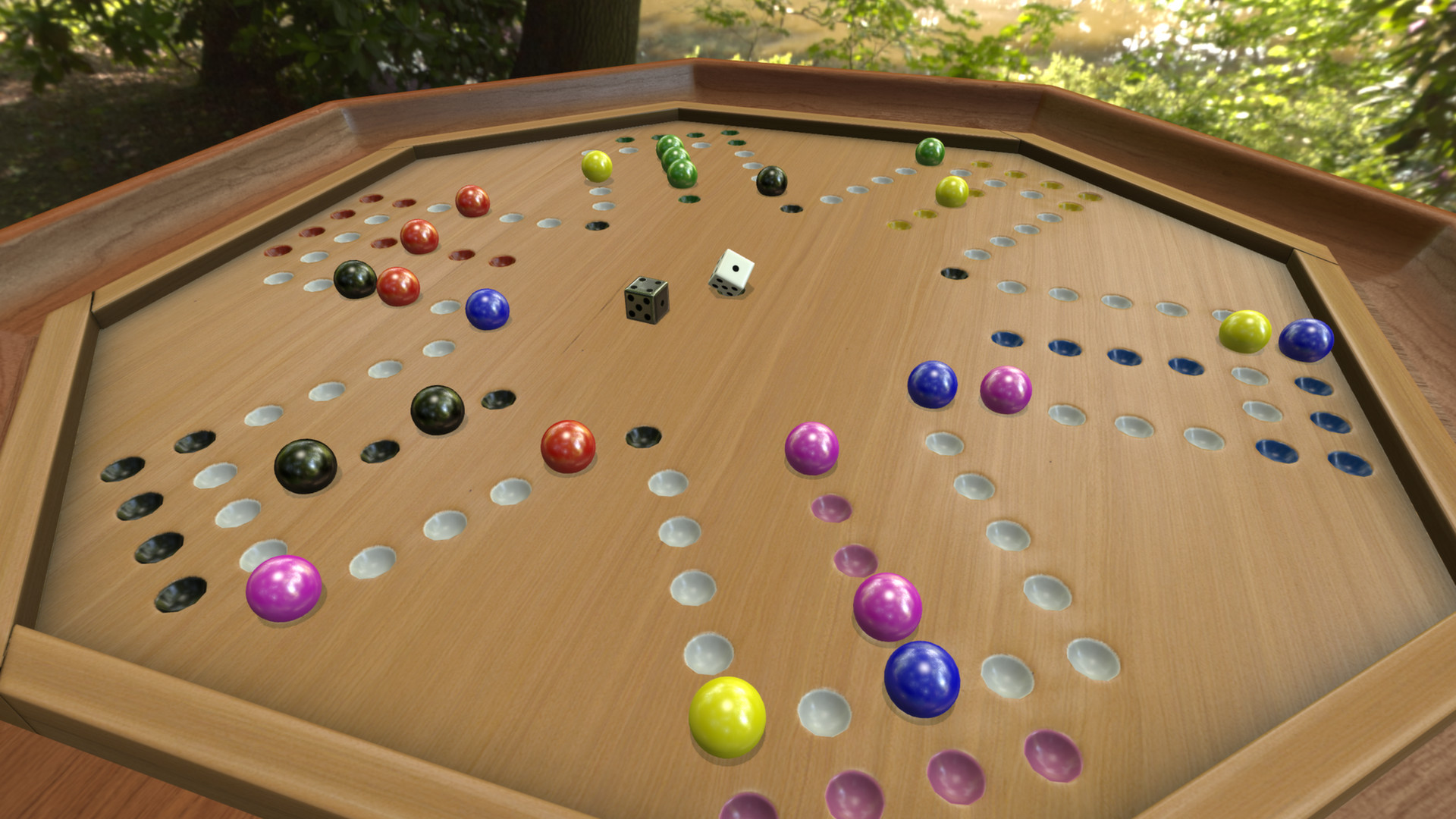













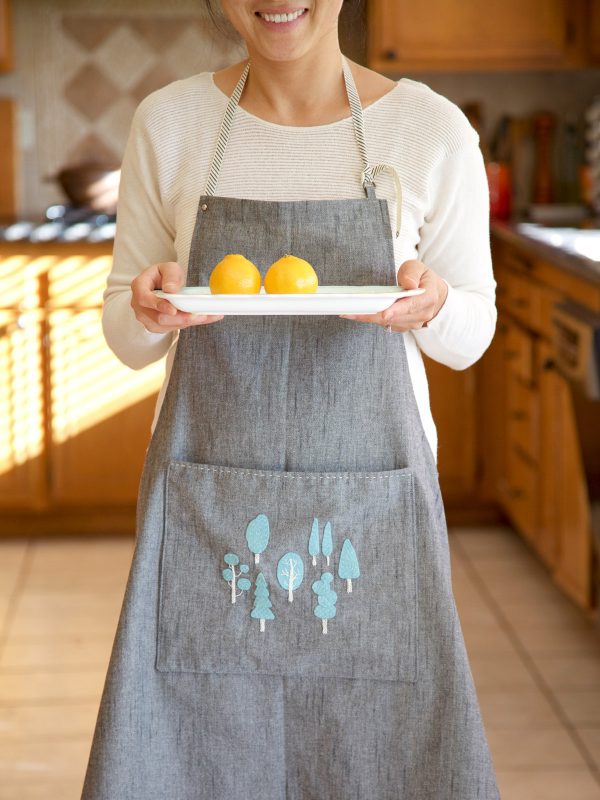


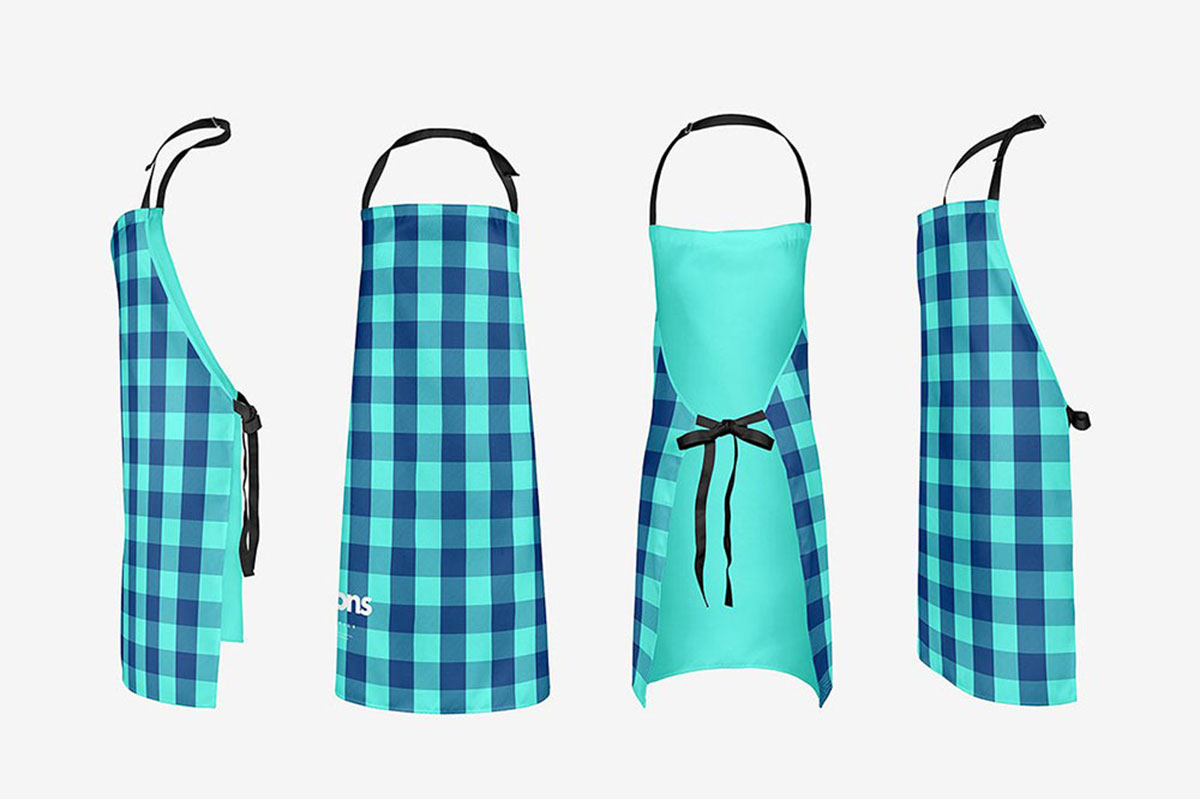
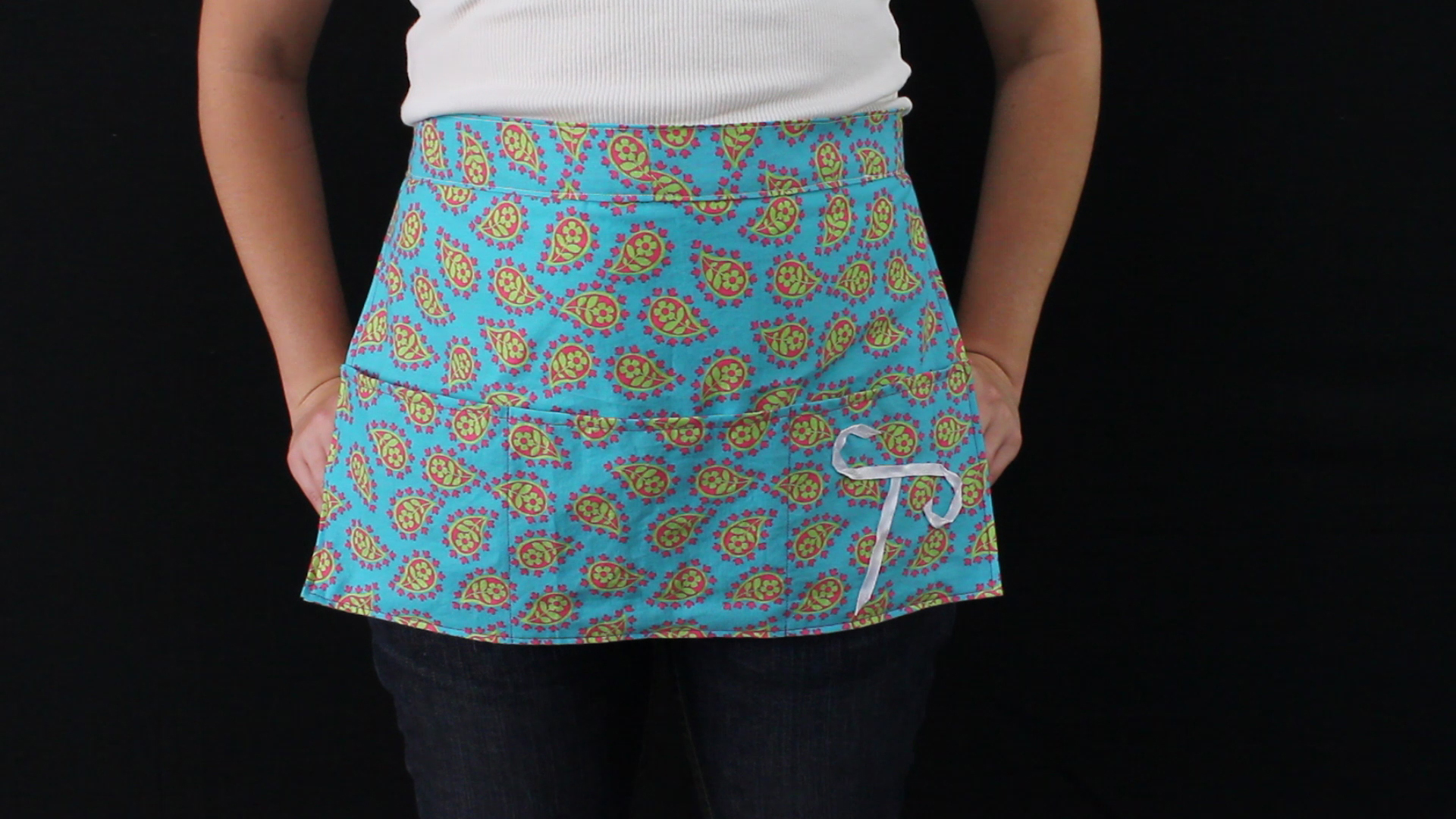
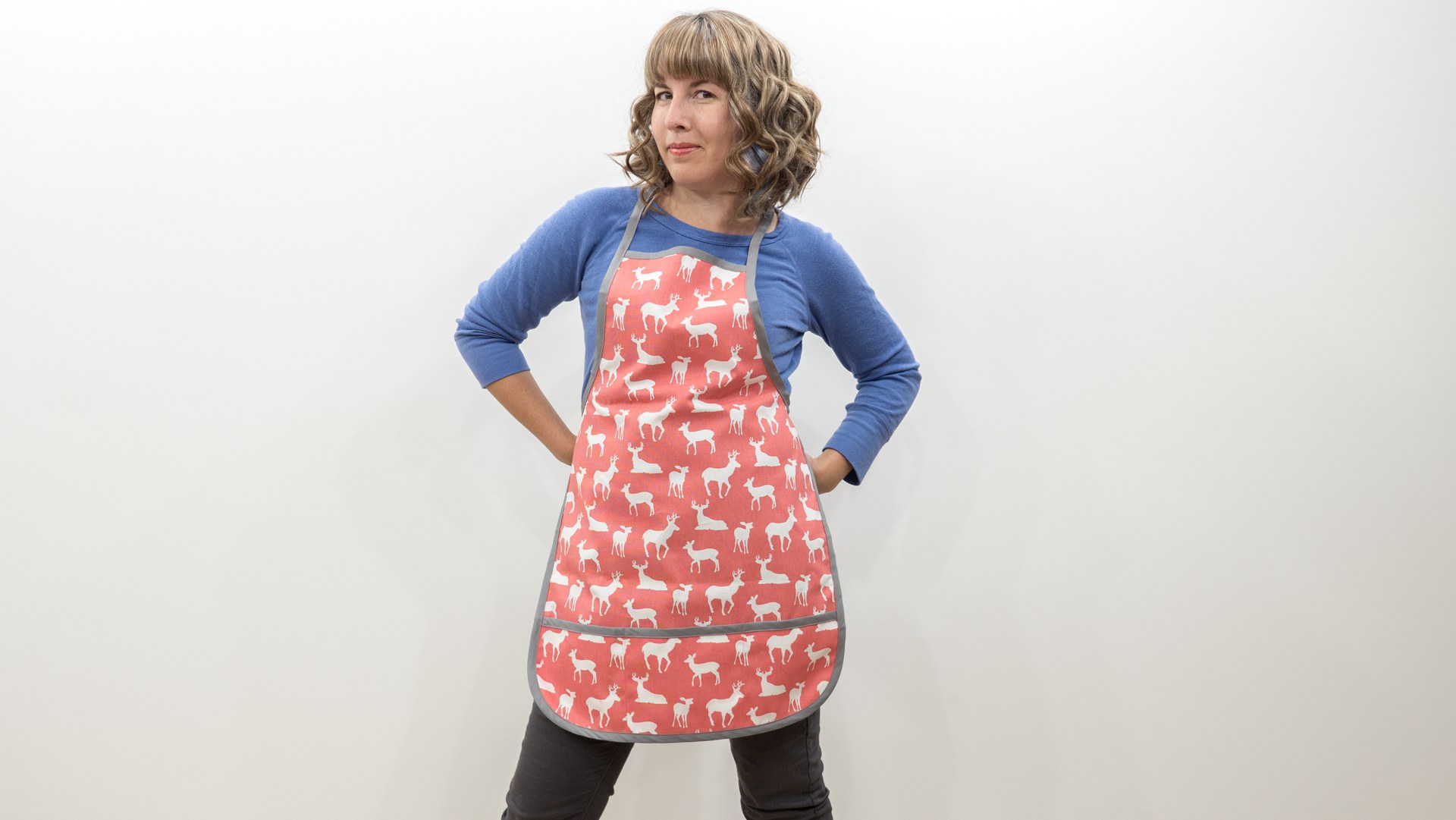

















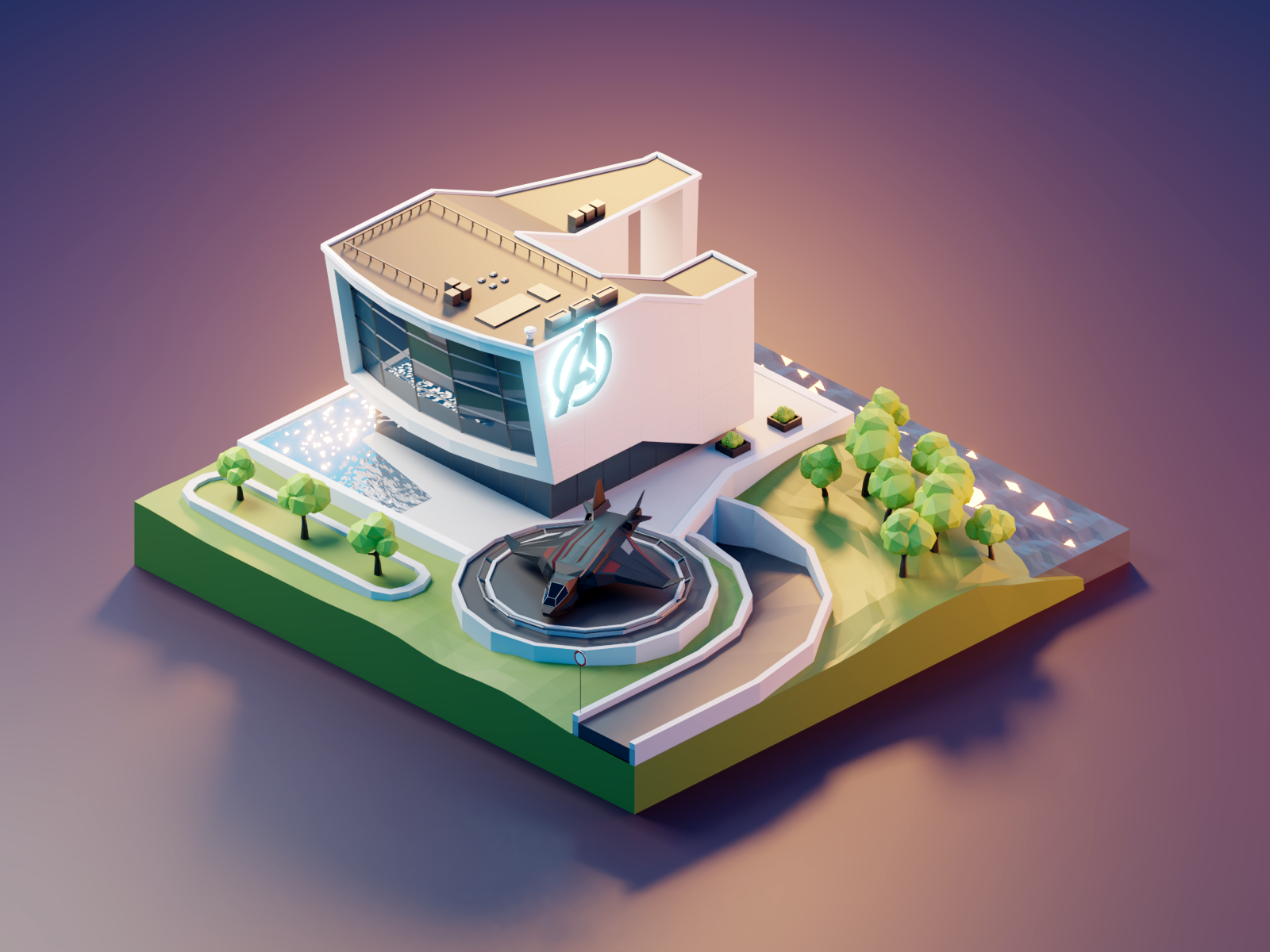













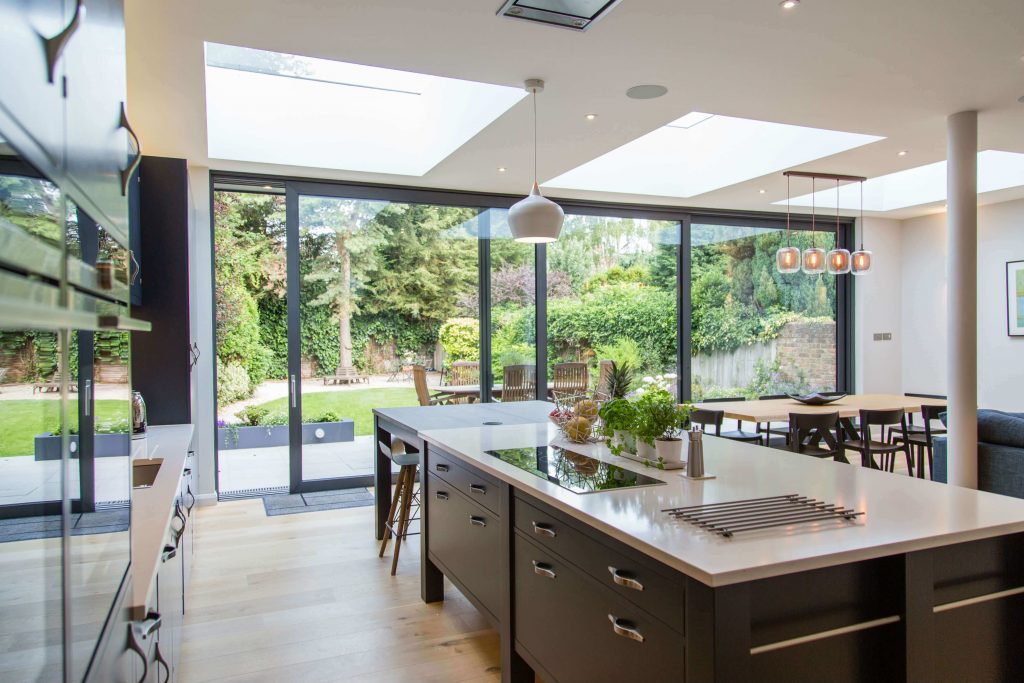


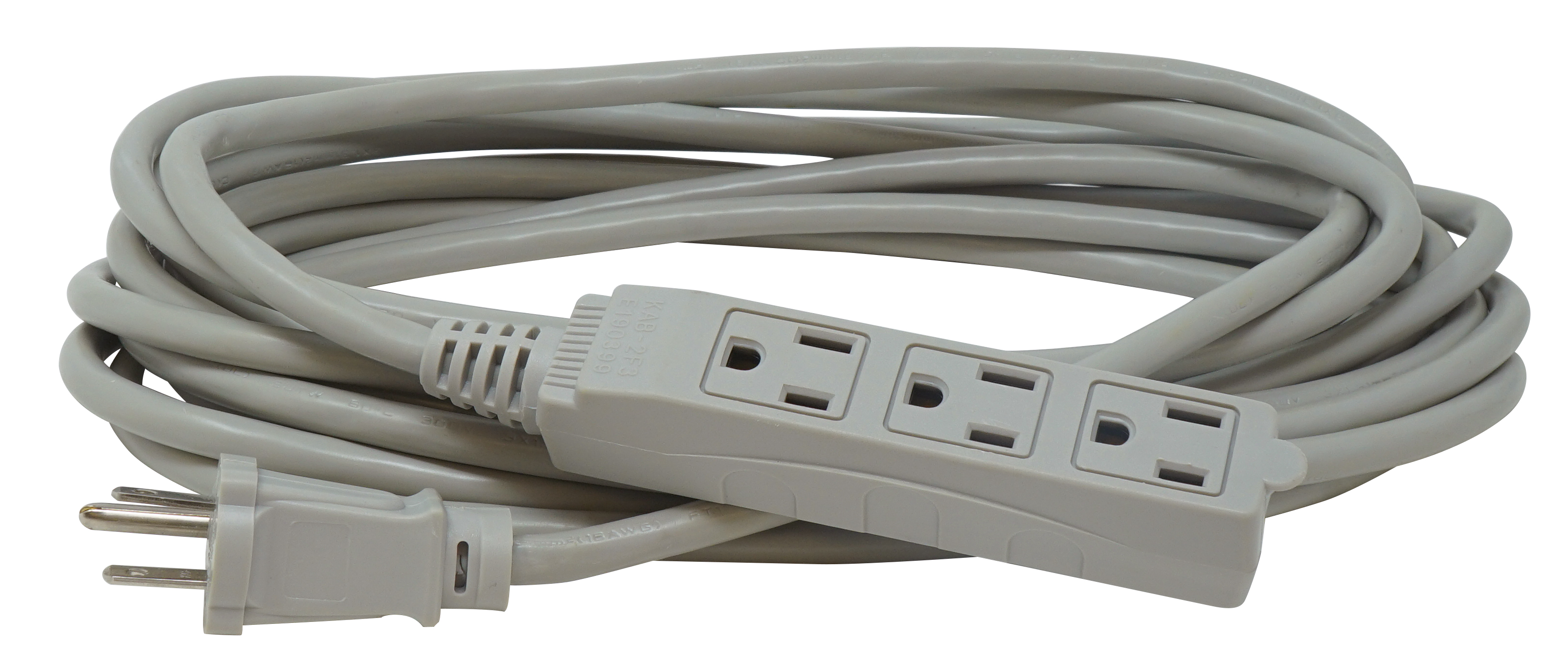

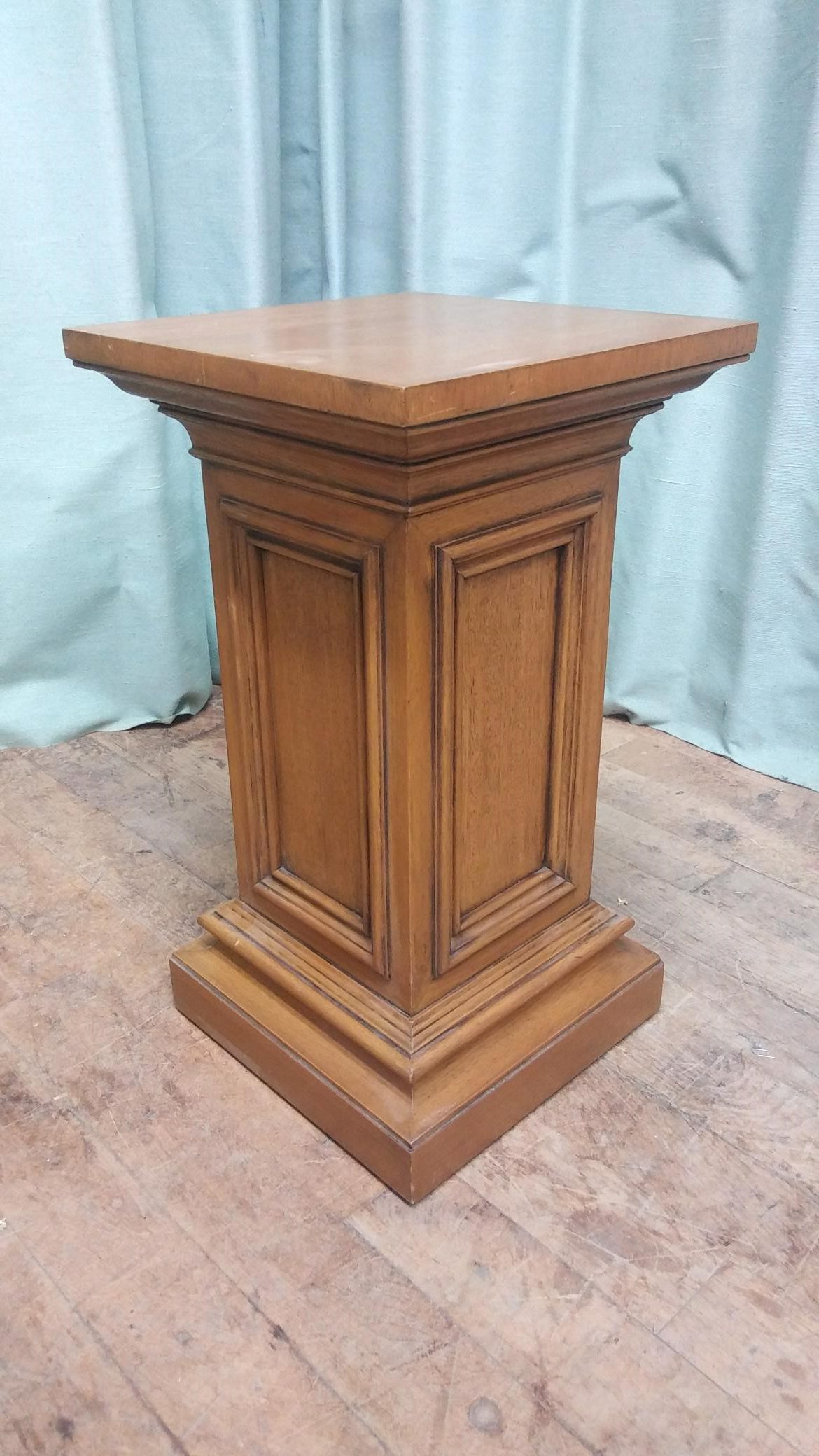

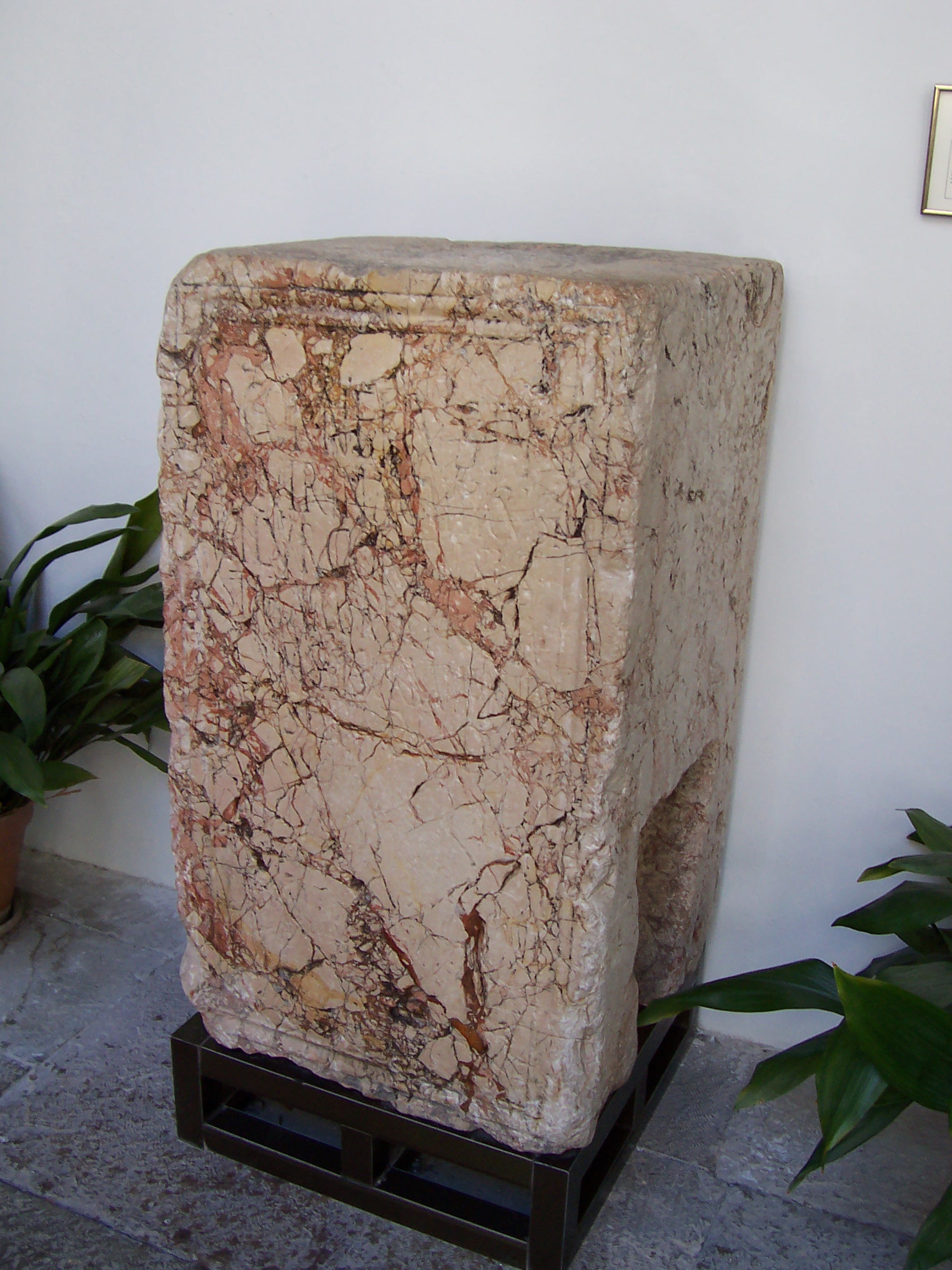
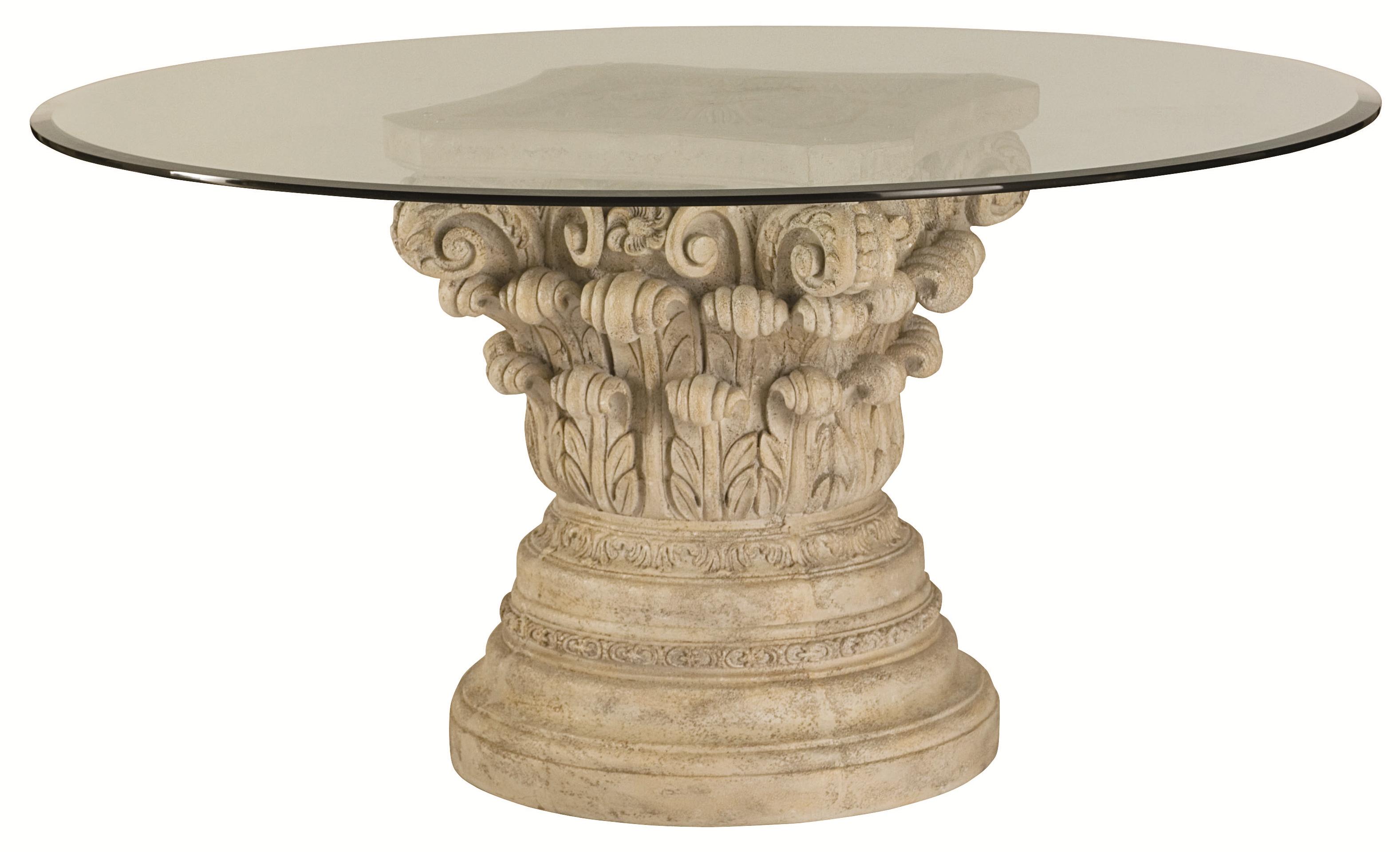
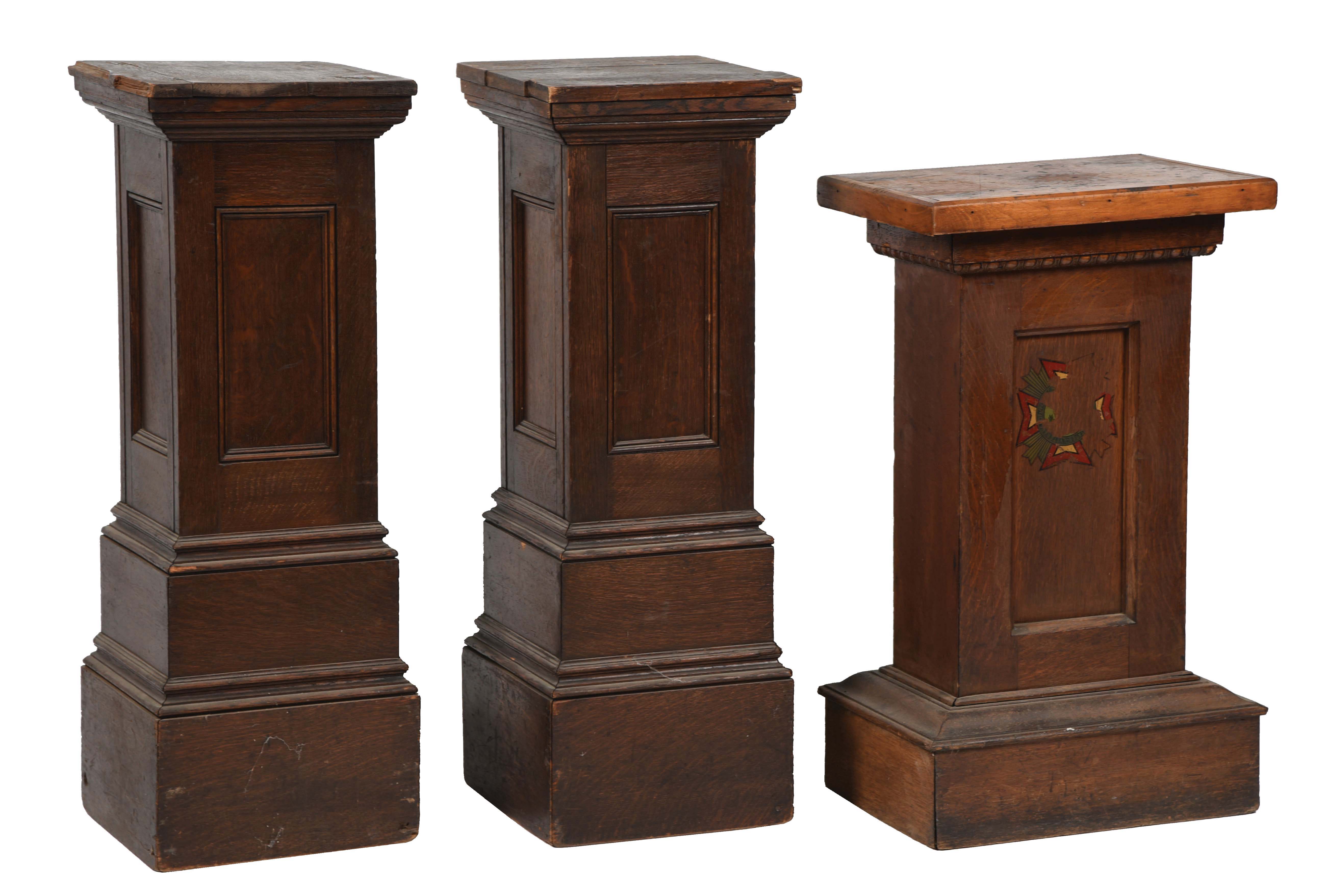

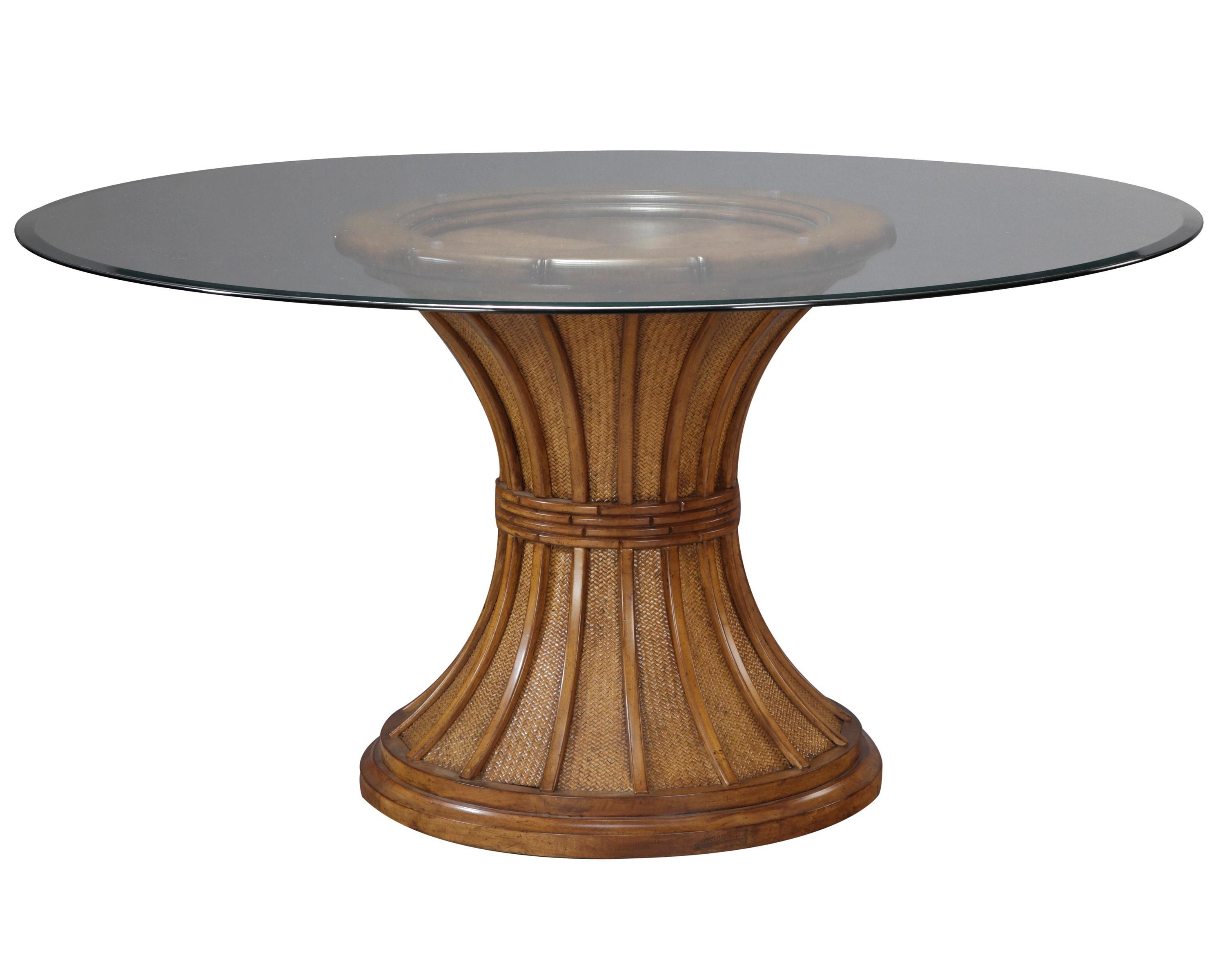

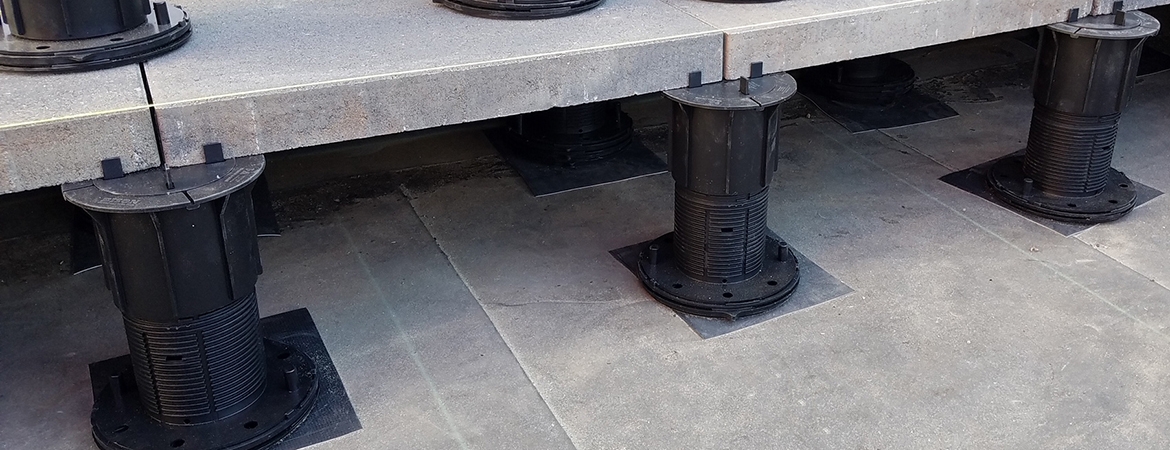

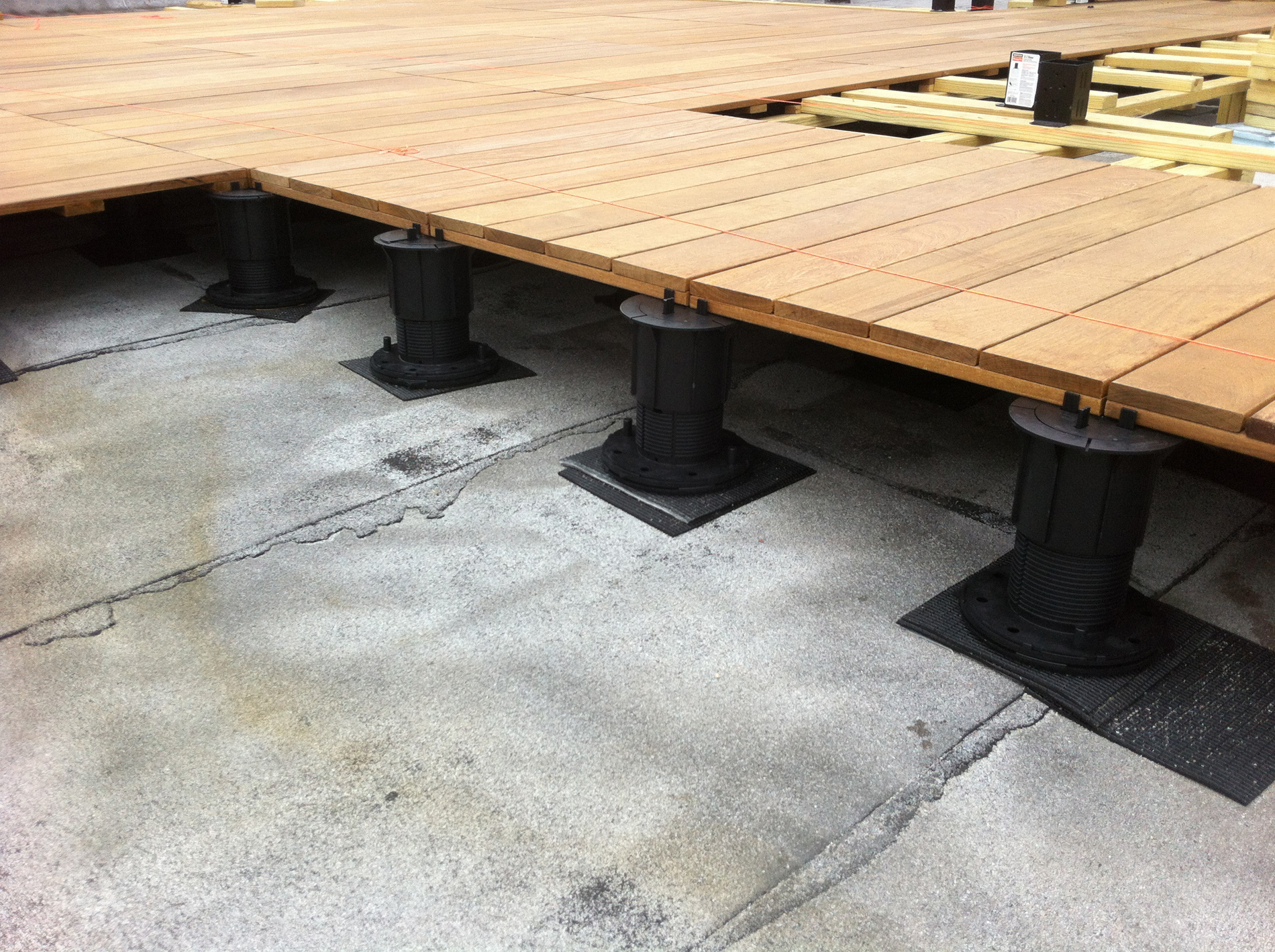
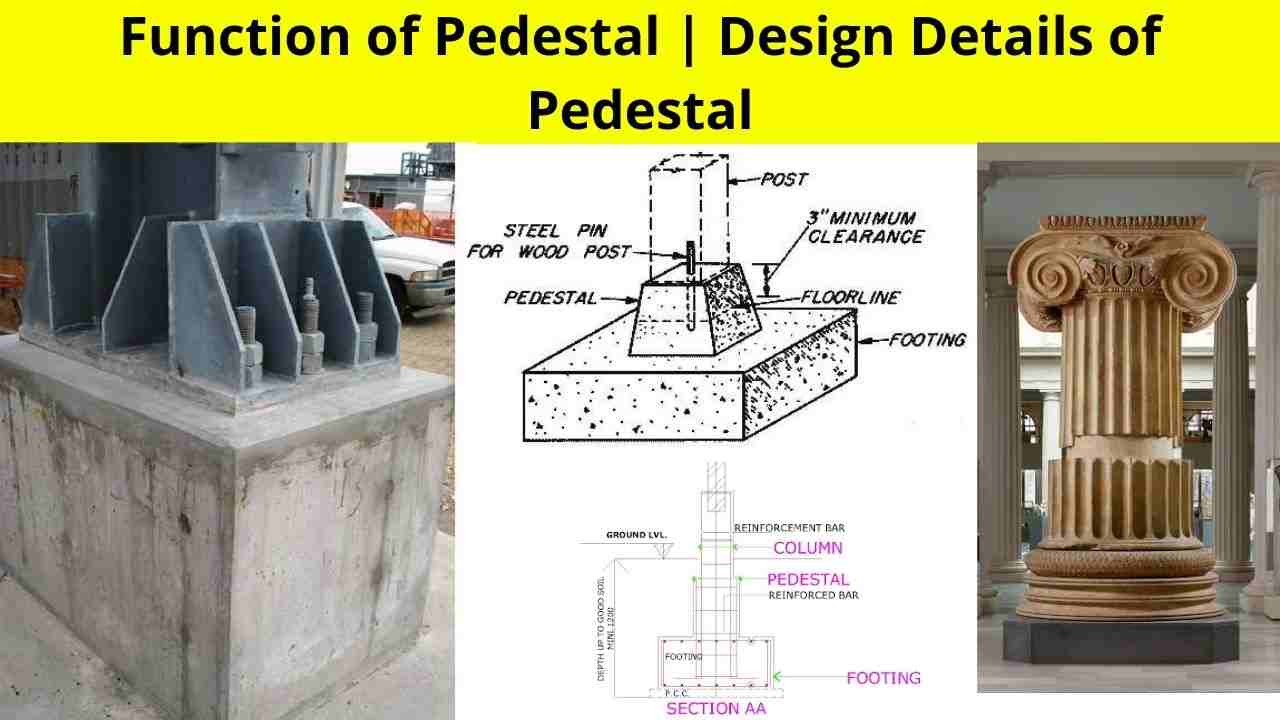

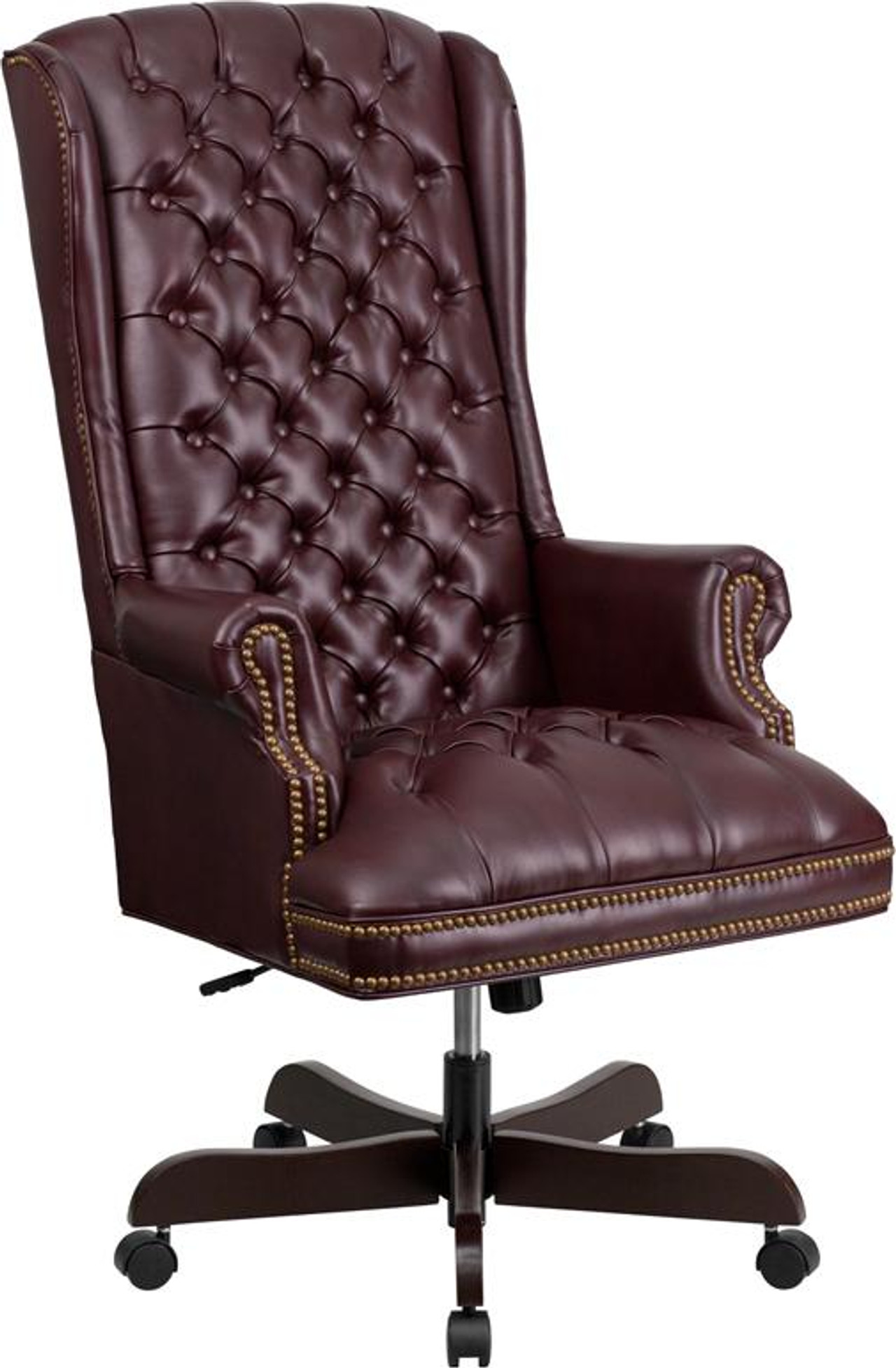
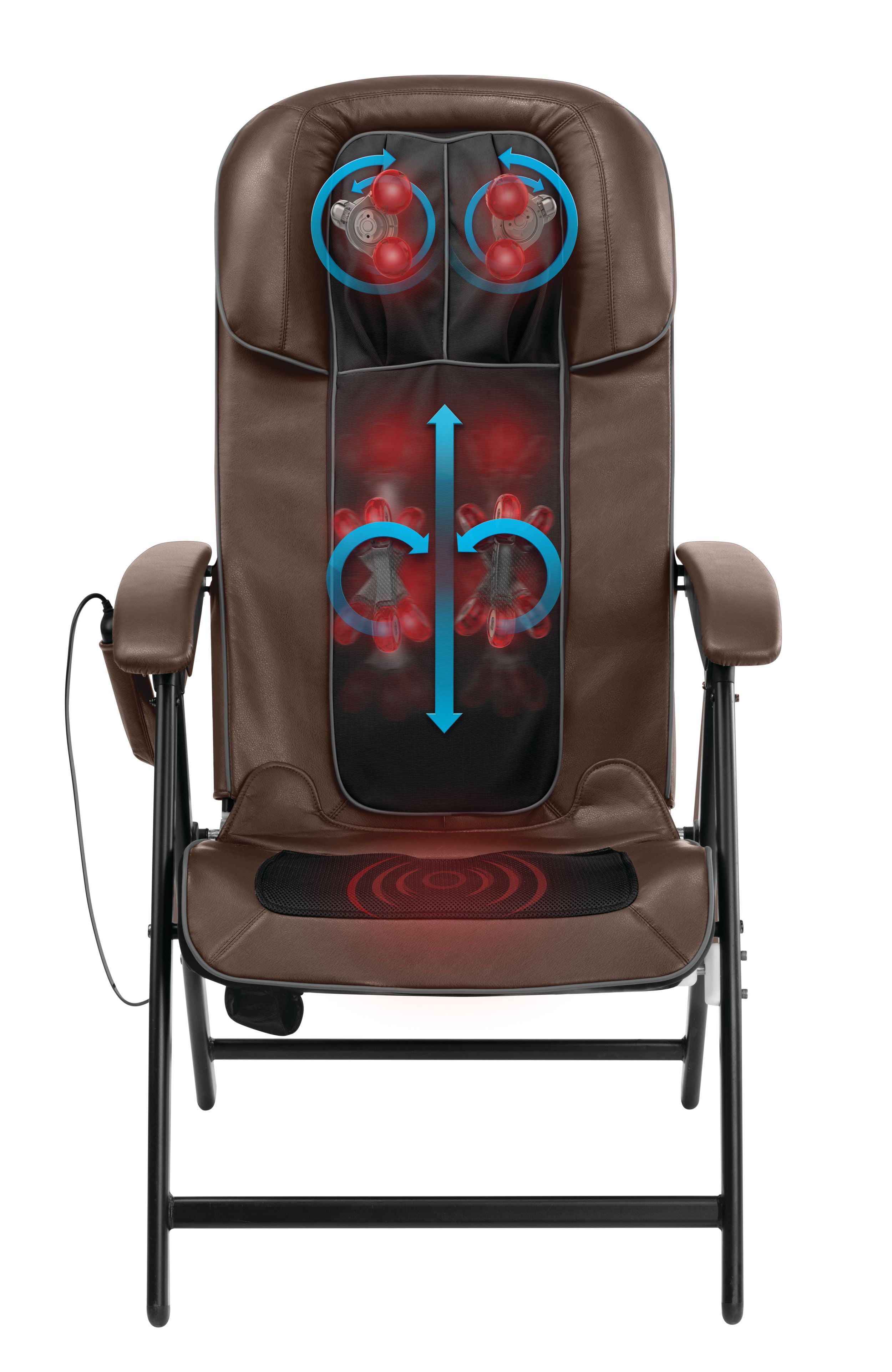
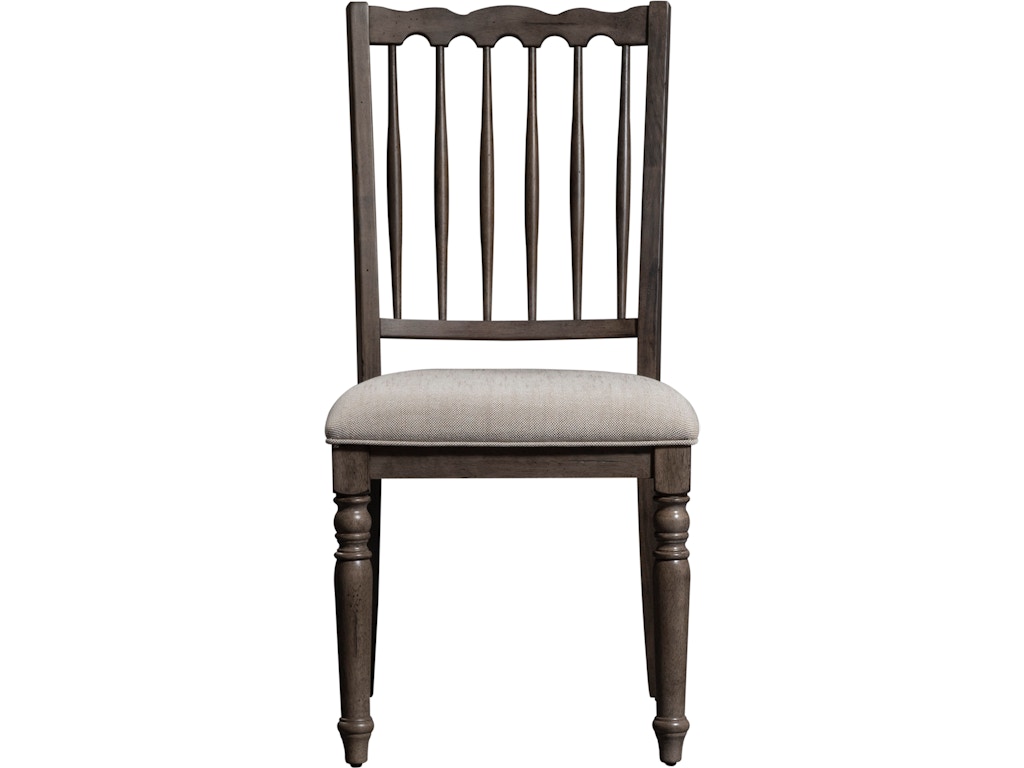

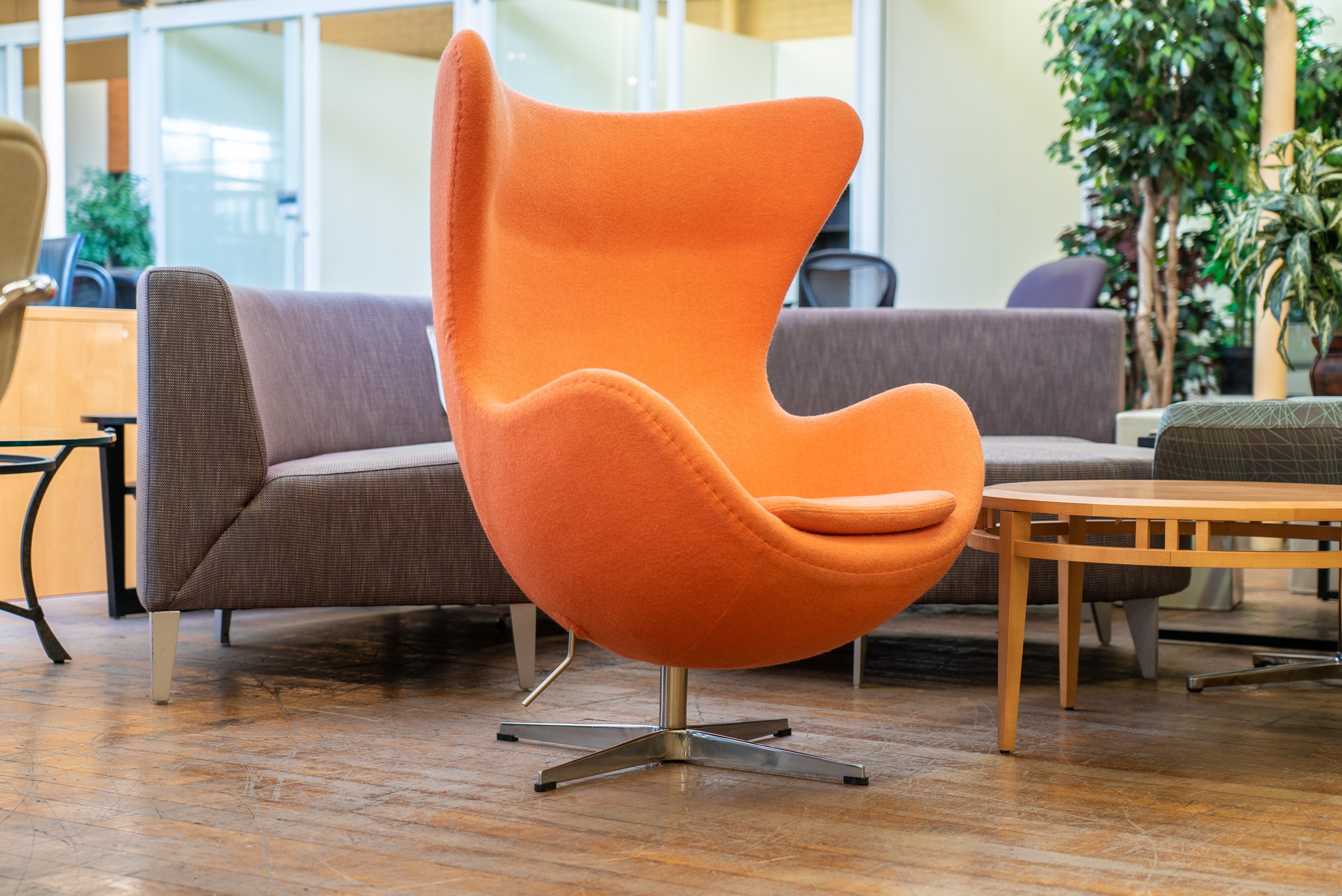



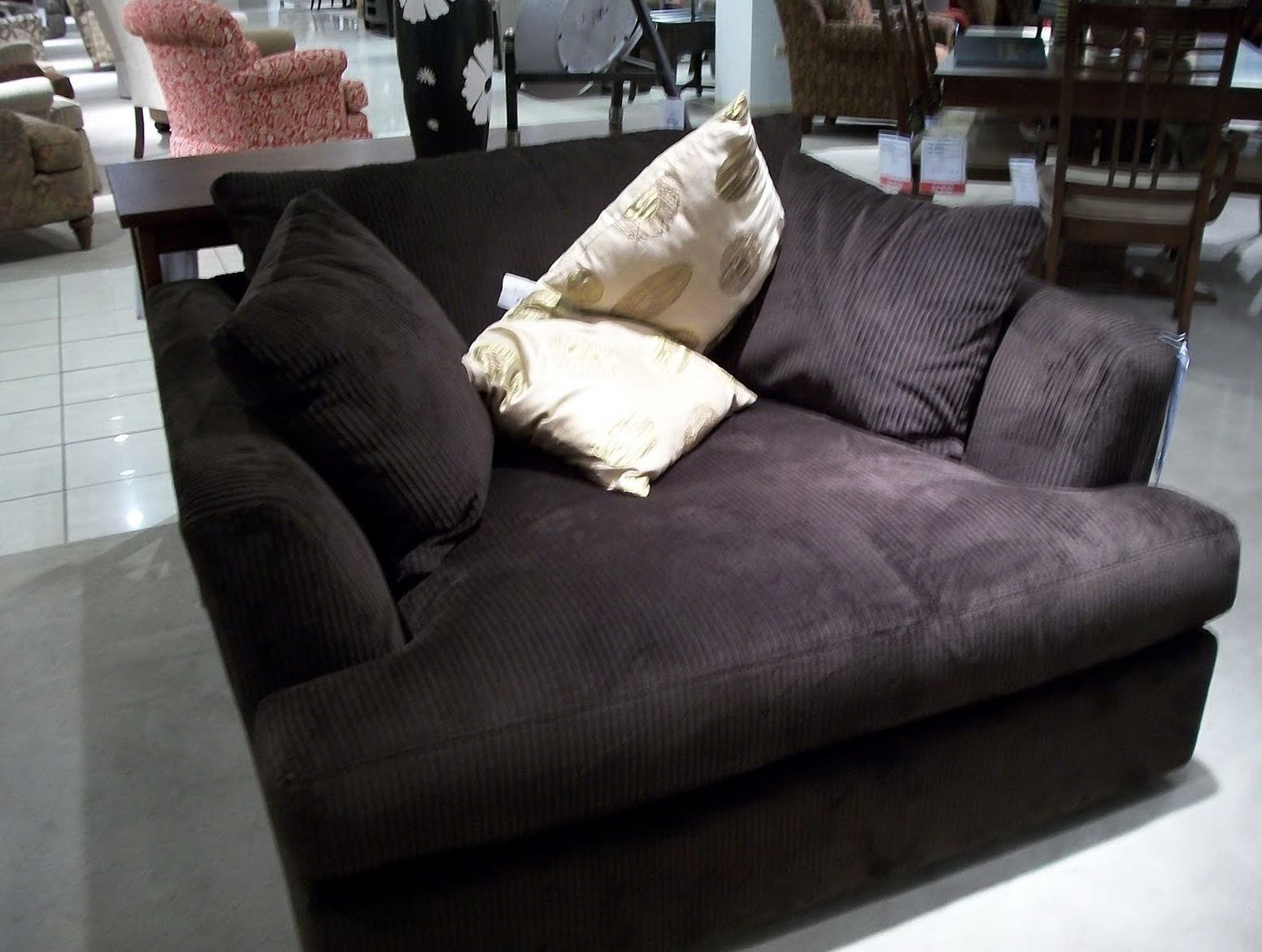
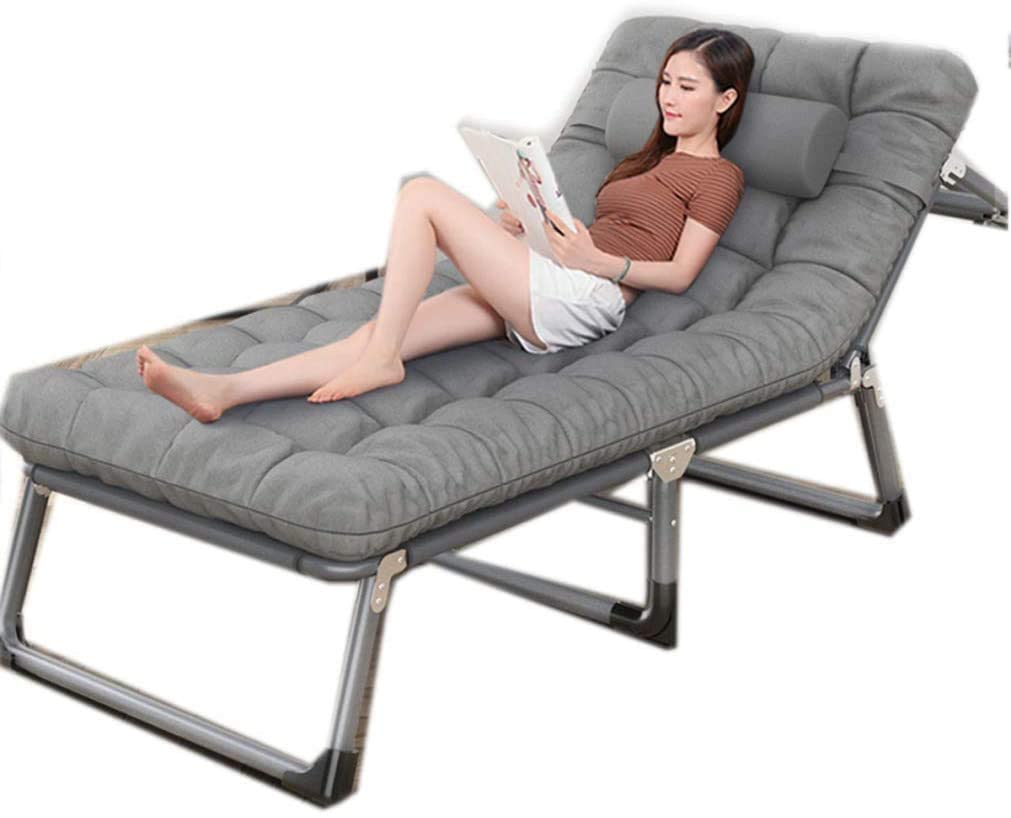
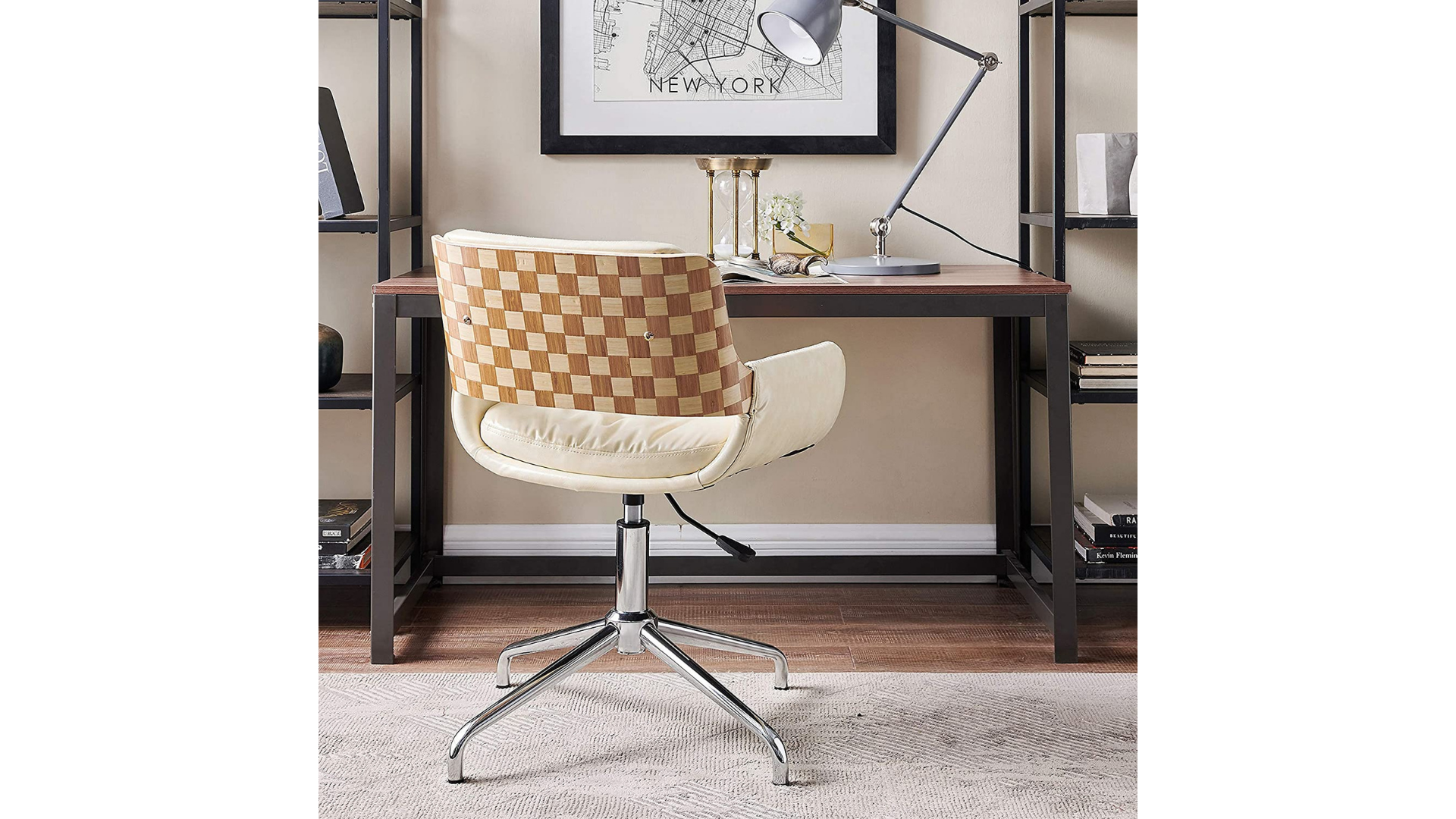








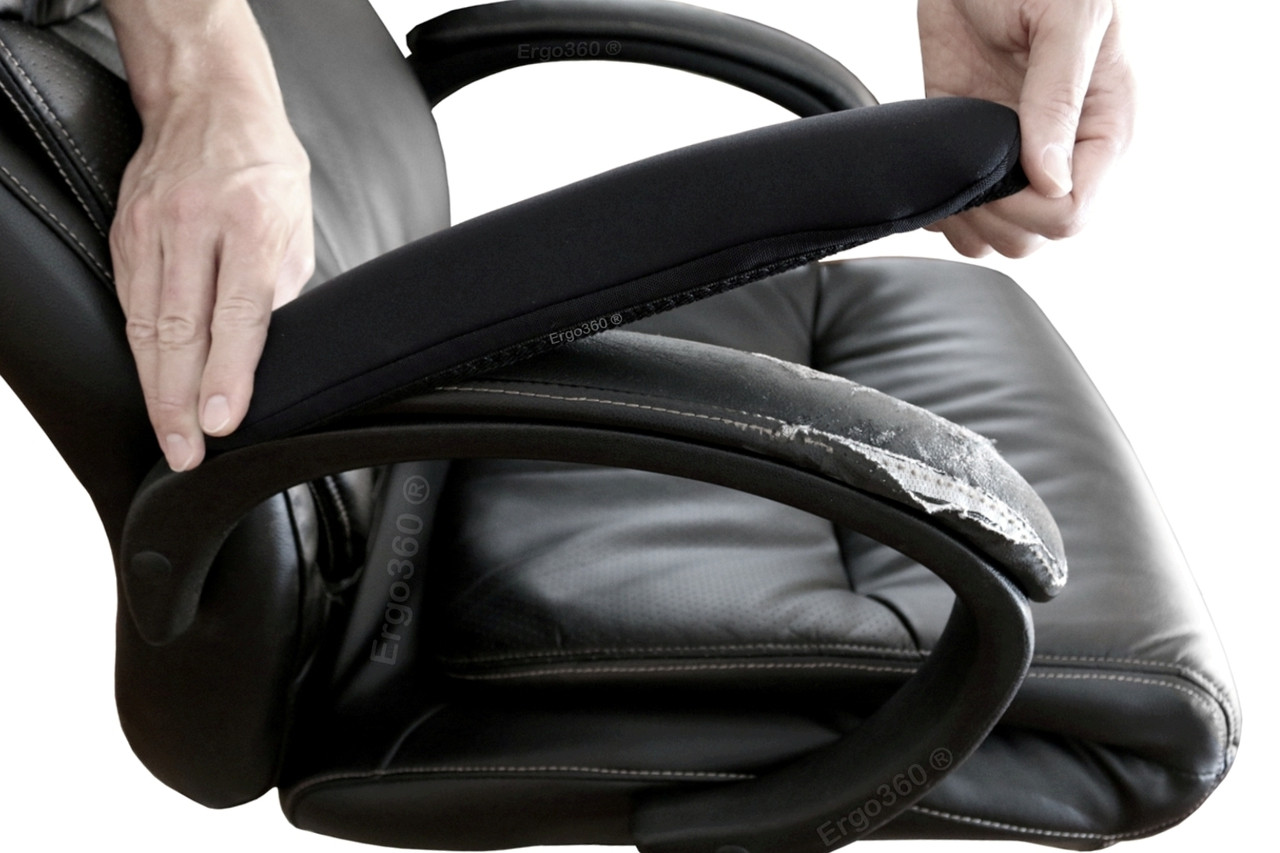

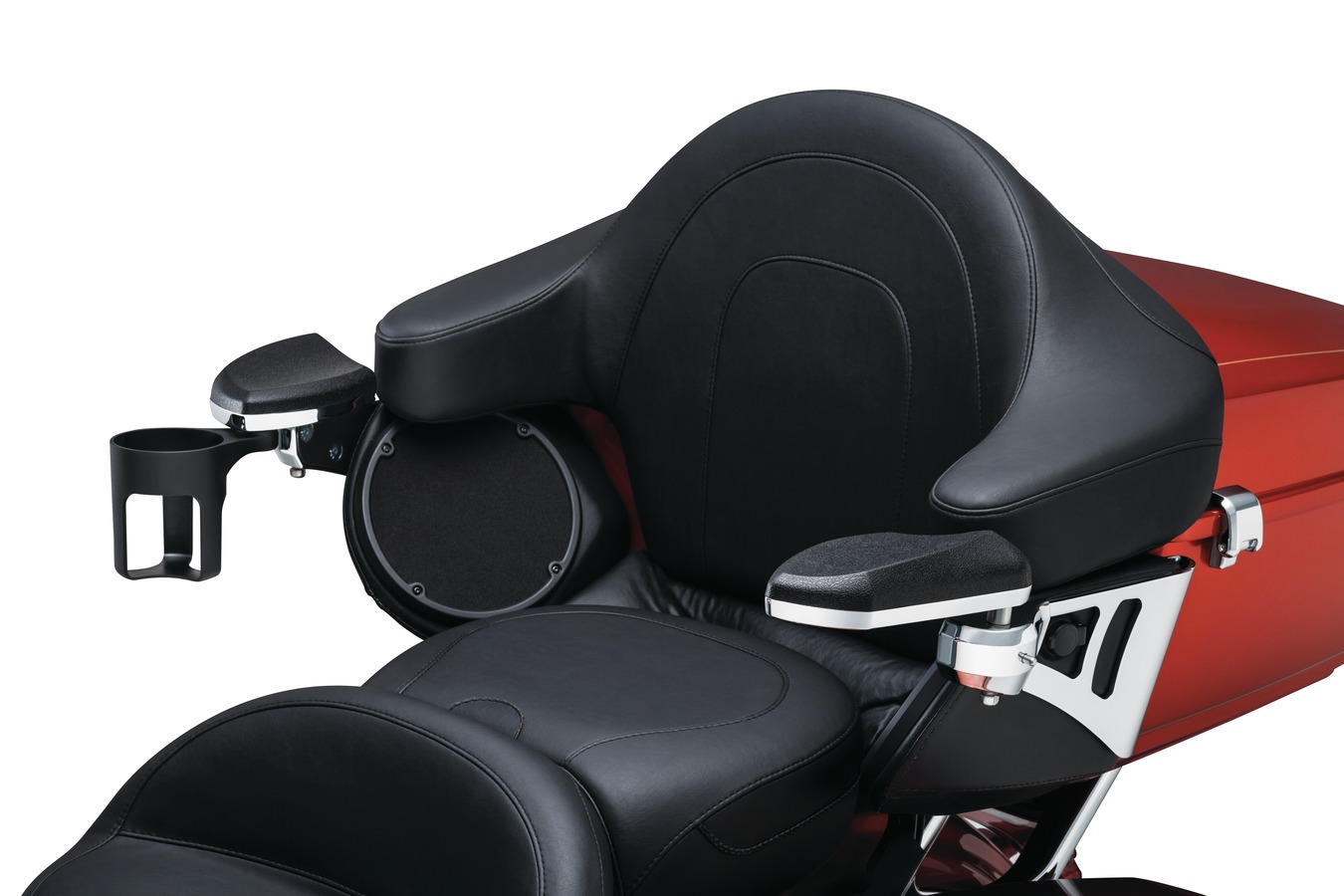



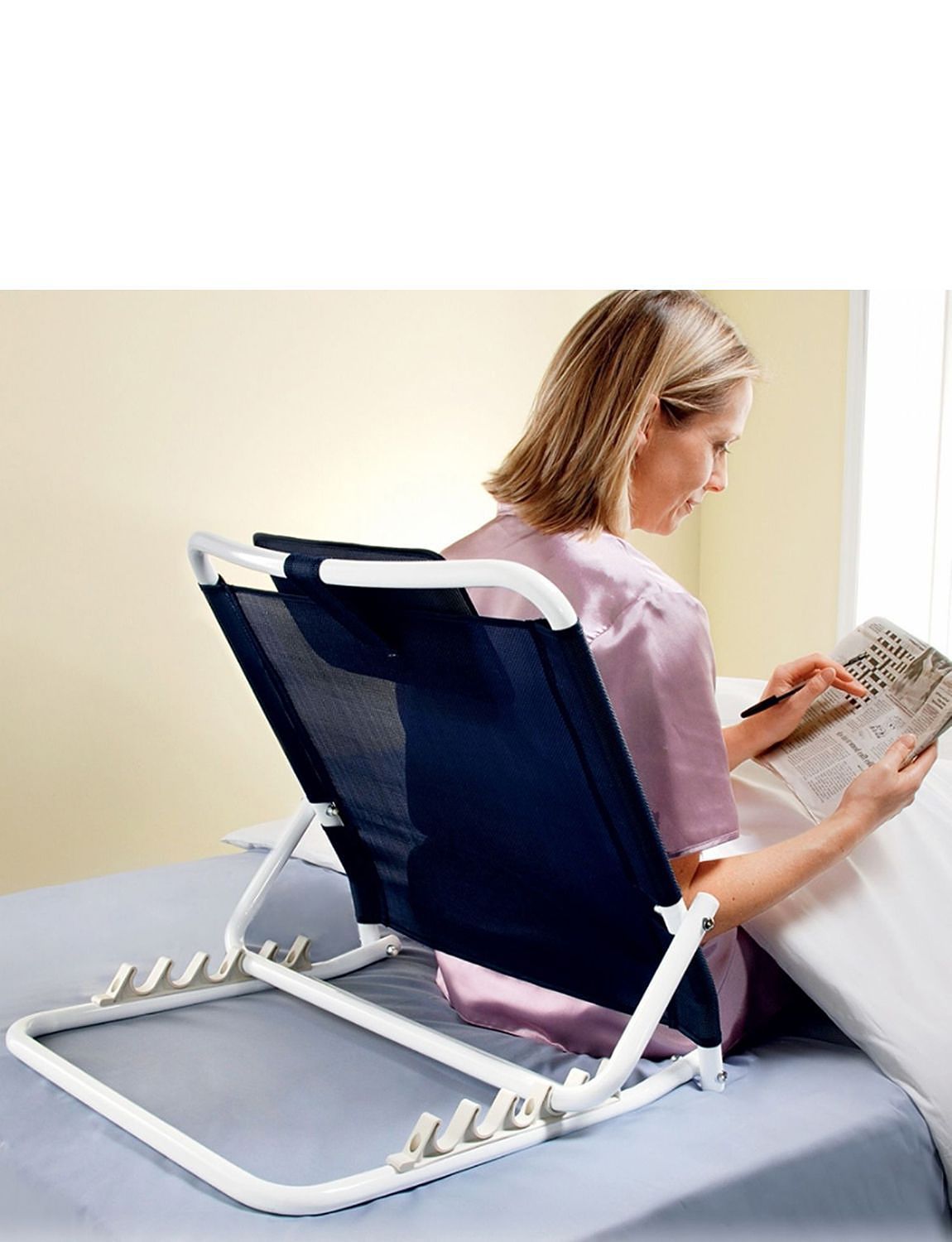

.jpg)




